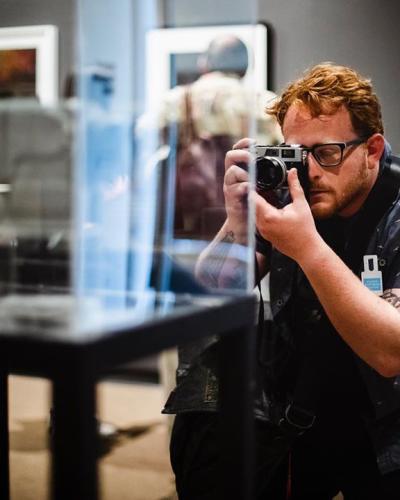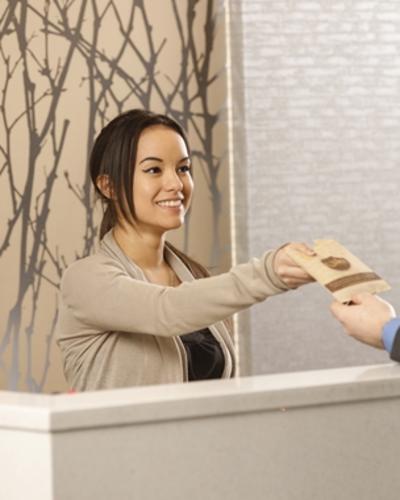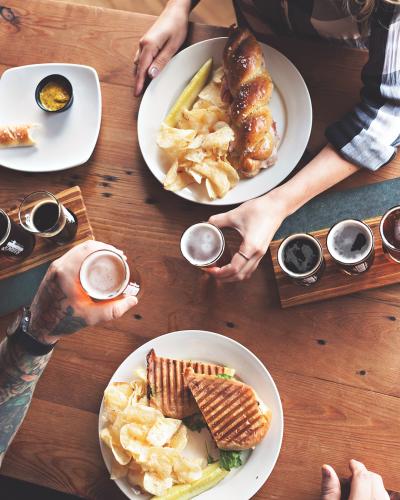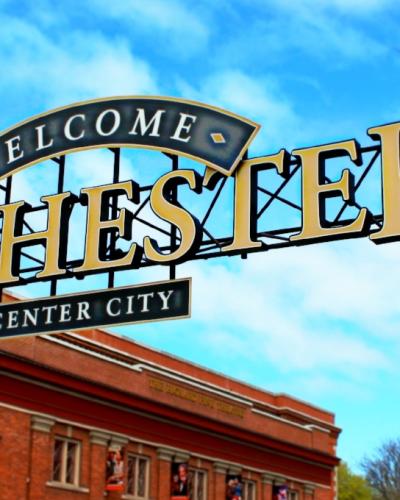Women’s History in Rochester
Rochester, NY, and the Finger Lakes region are the birthplace of the modern women’s rights movement. The importance of this is felt each Election Day as hundreds of voters line the paths at Mount Hope Cemetery to visit Susan B. Anthony’s grave and to place their “I Voted” stickers on her gravestone as a tribute and thank you. Rochester has many opportunities to pay homage to influential Rochester women, both past and present.
Women’s Suffrage in Rochester
The route to women’s freedom and success in modern society began centuries ago with the Seneca Mothers of the Haudenosaunee, whose tribe occupied the Rochester region. In this matriarchal society, women owned property, made the major decisions for their households, and children derived their tribal identification through their mothers. At the Ganondagan State Historic Site, visitors can learn more about women’s leadership in Seneca culture and take part in events, like the annual Native American Dance and Music Festival.
In 1848, five women organized the first Women’s Rights Convention in Seneca Falls. Together, Elizabeth Cady Stanton, Jane Hunt, Mary Ann M’Clintock, Lucretia Mott, and Martha Wright bravely presented their Declaration of Sentiments to an audience of 300 people.
Soon afterward, another Women's Rights Convention was held in Rochester. A major new movement was born. Two very strong - but very different - women came to lead the movement over many years: Susan B. Anthony in Rochester and Elizabeth Cady Stanton from Seneca Falls.
A National Historic Landmark: the National Susan B. Anthony Museum & House
The National Susan B. Anthony Museum & House, Rochester's first National Historic Landmark, was home to the legendary suffragist, abolitionist, and civil rights leader during her 40 most politically active years. She served as president of the National American Woman Suffrage Association from her home on Madison Street. It was a hub for planning strategies, organizing campaigns, writing speeches, and preparing petitions.
Visiting Anthony's home and the visitor's center next door is a chance to discover a treasure trove of memorabilia, artifacts, furnishings, and photographs. Walk through rooms where Anthony met often with Elizabeth Cady Stanton and other leaders of the equal rights movement. Stand in the parlor where Anthony was arrested in 1872 for the "crime" of voting as a woman.
It's easy to imagine Anthony enjoying her talks with the famous orator and abolitionist Frederick Douglass over cups of tea in her parlor. Upstairs in the small bedroom where Anthony died in 1906, visitors can't help feeling some sadness, knowing she never cast a legal ballot. Fourteen years after her death, the 19th "Susan B. Anthony" Amendment was finally ratified and women were granted the right to vote, though it is important to note that universal suffrage was not fully realized until the 1965 Voting Rights Act.
Additional Historic Sites
There are several ways that visitors can participate in memorializing the fascinating and dynamic paths of Rochester women who have dedicated their lives to making a difference for the future:
- Susan B. Anthony Square Park, home to the Let’s Have Tea Statue. The real-life friendship between Susan B. Anthony and Frederick Douglass is depicted in the Let’s Have Tea Statue by sculptor Pepsy Kettavong. The statue is in Susan B. Anthony Square, which is located around the corner from the National Susan B. Anthony Museum & House.
- The National Women’s Hall of Fame in Seneca Falls, NY, offers exhibits and programs celebrating the accomplishments of women from all decades.
- The Women’s Rights National Historic Park in Seneca Falls NY offers a visitor center, historic homes (open seasonally), and daily Ranger talks in Declaration Park. Visitors can also tour Wesleyan Chapel, the location of the First Women’s Rights Convention held in 1848.
- The Genesee Country Village and Museum celebrates the everyday tasks of women pioneers and regularly hosts events focused on women’s suffrage.
- The Ontario Courthouse in Canandaigua, NY, listed on the National Register of Historic Places, is where Susan B. Anthony was tried in 1873 for voting illegally.







